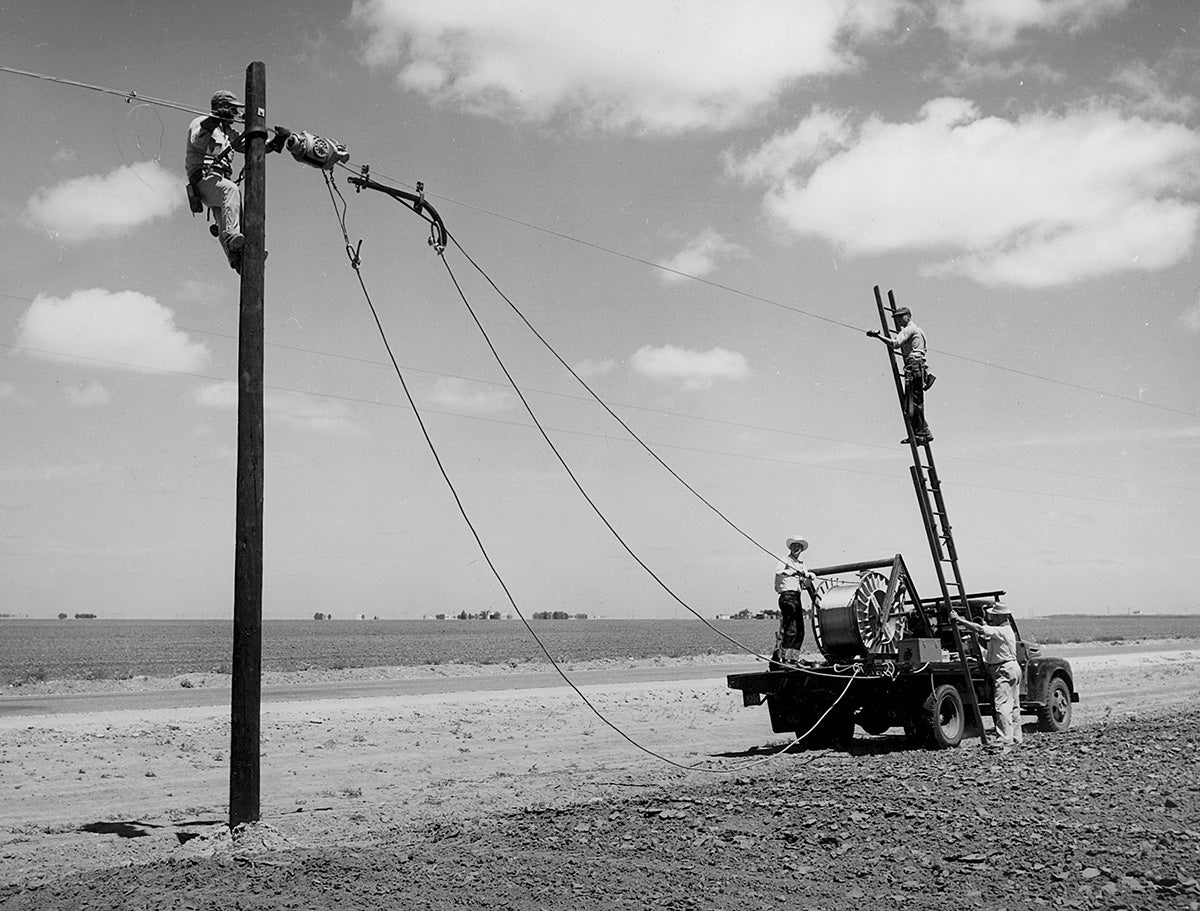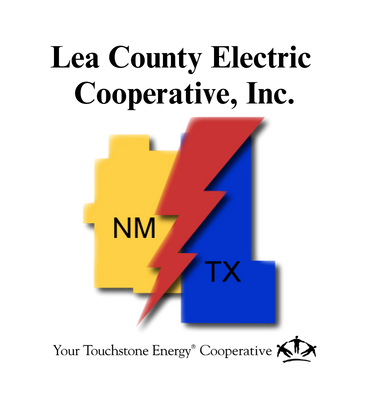 The concept of the cooperative way of doing business is not a new one. There is evidence that the cooperative method was used in Egypt, Greece and China centuries before the Christian era. So, it was by no means a new idea but rather a new use for an old one when America turned to the cooperative way of doing business.
The concept of the cooperative way of doing business is not a new one. There is evidence that the cooperative method was used in Egypt, Greece and China centuries before the Christian era. So, it was by no means a new idea but rather a new use for an old one when America turned to the cooperative way of doing business.
"Of the people, by the people, and for the people" exemplifies the cooperative philosophy. Millions of people have put that idea to work providing all kinds of goods and services to meet the common needs of the people. These people are members of cooperatives and are found in urban, rural and suburban areas. In fact, the National Cooperative Business Association reports that in the United States, a network of 47,000 cooperatives directly serve 100 million people -- nearly 40 percent of the population in such areas as electricity, telephone, satellite/internet services, food, healthcare, daycare, credit, farm marketing, news service, insurance and even legal services. Worldwide, some 800 million people are members of cooperatives, and it is estimated that cooperatives employ some 100 million people.
The first U.S. cooperative was formed in 1752 to insure a group of Philadelphians against the loss of their homes by fire. The idea and formation of the cooperative was initiated by Benjamin Franklin. This cooperative has operated so efficiently that it is still in existence today.
In some ways, cooperatives are distinctly different from other businesses. These differences are found in the cooperative's purpose, its ownership and control, and how benefits are distributed. A cooperative is an independent, locally owned business enterprise incorporated under the laws of the state in which it operates. The consumers served share ownership of the cooperative with other members with each member having one vote in the election of directors/trustees. An electric cooperative is a utility, operated on a not-for-profit basis by returning any net savings to the member-owners based on patronage.
Cooperatives provide just about any good or service their members need. Cooperatives offer credit and financial services, healthcare, child care, housing, insurance, legal and professional services. Cooperatives sell food, farm supplies, hardware and recreational equipment. They provide utilities, such as electricity, telephone, television and Internet service. And cooperatives process and market products and goods for their members.
Cooperatives Serve Many Needs:
-
Throughout the United States, approximately 48,000 cooperatives serve 120 million citizens. Worldwide, there are an estimated 750,000 cooperatives that serve 730 million members.
-
Cooperatives come in all sizes, from small buying clubs to businesses included in the Fortune 500. Many cooperatives are household names-Land O'Lakes, Ocean Spray, Sunkist, ACE Hardware, Nationwide Insurance, and the Associated Press.
-
29 cooperatives have annual sales in excess of $1 billion. These top cooperatives represent a diverse mix of industries: agriculture, food, hardware, healthcare, finance, utilities, bottling, recreational equipment and communications.
-
About 30 percent of farmers' products and farm supplies in the United States are marketed through more than 3,000 farmer-owned cooperatives. A majority of the nation's farmers and ranchers belong to these co-ops.
-
Approximately 900 rural electric cooperatives operate nearly half of the electric distribution lines in the United States, covering three-quarters of the land mass. They provide electricity for more than 37 million people in 47 states.
-
Consumer-owned and controlled cooperatives pioneered prepaid, group-practice healthcare. Today cooperative health-maintenance organizations (HMOs) provide healthcare services to more than 1.2 million American families. In addition, just about every type of cooperative-consumer, worker, and purchasing/shared services-can be found in the health care sector.
-
Nearly 10,000 U.S. credit unions have more than 84 million members and assets in excess of $600 billion.
-
More than 250 purchasing co-ops offer group buying and shared services to more than 50,000 independent businesses.
-
More than 6,400 housing cooperatives provide dwellings for some three million residents. With 1.5 million cooperative housing units, the co-ops serve households that have a wide range of income levels and housing needs.
-
Food cooperatives have been innovators in the marketplace in the areas of unit pricing, consumer protection, and nutritional labeling. There are about 500 retail food co-ops in the U.S.
-
270 telephone cooperatives provide service to 2 million households.
